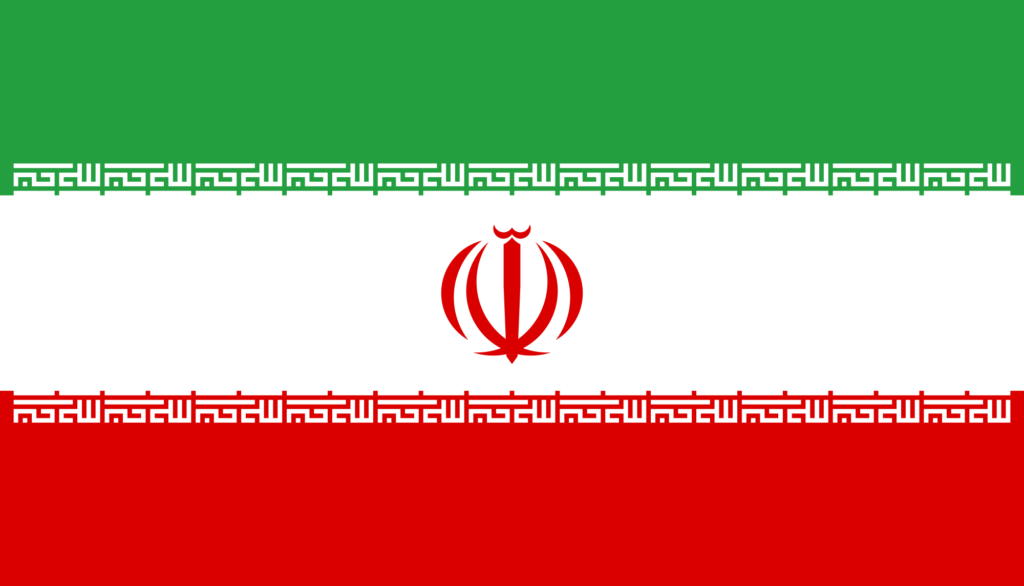
Iranian Treasures: Discover the best Iranian souvenirs to take home
Iran offers a plethora of unique souvenirs that reflect its rich cultural heritage and artistic traditions.
Iran, a land of ancient civilizations, breathtaking landscapes, and vibrant cultures, offers a treasure trove of souvenirs that capture the essence of its rich heritage. From intricate handicrafts to culinary delights, Iranian souvenirs are not just mementos; they are gateways to the country’s fascinating history and traditions.
When purchasing souvenirs in Iran, it’s important to buy from reputable sources to ensure authenticity and quality. Bazaars, artisan workshops, and government-approved stores are good places to find genuine Persian handicrafts and products.
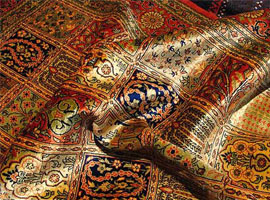
Persian handmade carpets (also known as Persian rugs), which are noted for their excellent quality and distinctive designs, are the most well-known and well-liked Iran souvenirs. Persian carpets are a fantastic example of how Iranians use their artistic talents to express themselves.
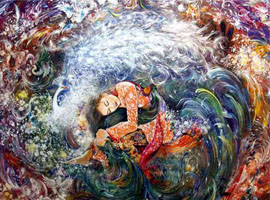
Persian miniature is one of the best Iran souvenirs and a classic kind of painting on paper that employs an artistic technique and typically depicts a mythical or religious topic.
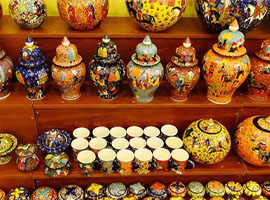
The use of ceramics and pottery has been important to human civilization for thousands of years. Containers formed of clay, including cooking or storage utensils, are commonly regarded as pottery. It becomes harder when heated at a high temperature.
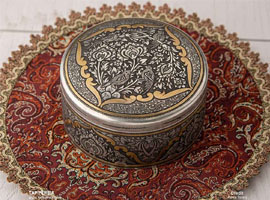
This metalworking technique, which is the Persian equivalent of “toreutics,” engraves exquisite images and designs on metals including brass, silver, and copper. Iran’s ancient handcraft, ghalamzani, has been made there for tens of thousands of years.
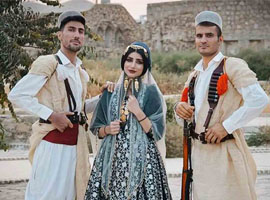
In actuality, each ethnic group’s traditional attire reflects their way of thinking and culture. The several ethnic groups that have coexisted here for a very long period have preserved the ancient Persian culture in Iran. Because there are so many distinct ethnic groups in Iran, there is a very broad variety of clothing.
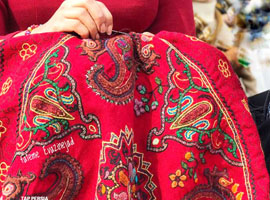
The term “Termeh” refers to a different variety that is well-known. It is arguably the most well-known handcraft of the ancient city of Yazd and is produced in a variety of shapes, including wallets, shoes, tablecloths, and even jewelry boxes.
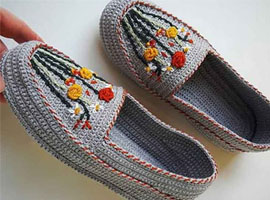
Iranian traditional footwear known as “Giveh” has its roots in Kermanshah and other hilly parts of the Zagros region. This kind of shoe is constructed to the greatest quality with a leather sole and a top made of woven wool. Due to their seams, they are cool and appropriate for usage in the summer, which accounts for their appeal among Zagros’ rural residents
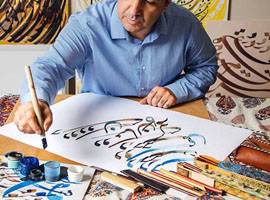
One of the most esteemed artistic disciplines in Iranian history is calligraphy which is among the top Iran souvenirs. Iranophiles have frequently praised the exquisite craft of calligraphy and its many flourishes. Persian arts are so dependent on the practice of Persian calligraphy that those without it appear to be lacking.
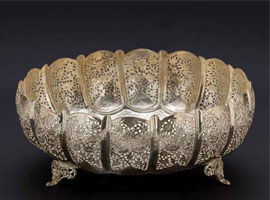
Given that using silver to manufacture utensils was prevalent throughout the Sassanid era, using silver to make utensils and to produce works of art persisted throughout the next age and was always practiced by modern artists. By the use of diverse techniques including hammering, etching, and other processes, silver is made into a variety of decorations and household items. Silver making is a really beautiful craft.
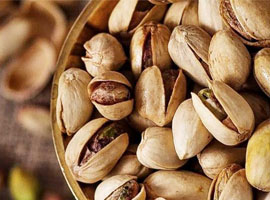
Pistachios are tasty nuts that are grown on a little tree that is indigenous to the Middle East and Central Asia. The fruit of the tree is seeds, which are frequently eaten as food. Along with being delicious and entertaining to eat, pistachio nuts are also incredibly nutritious.
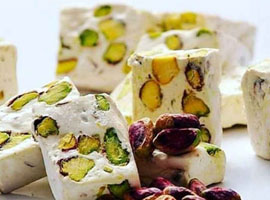
Gaz was invented in Isfahan and is a popular sweet in Iran. Persian Nougat is the prevalent name for it in the US and several European countries. One of Isfahan’s most well-liked Iran souvenirs is the gaz. Because it has a nut garnish, this delectable treat from Persia qualifies as nougat. Manna is a source of raw ingredients found all throughout the city and is used to make this well-known treat.
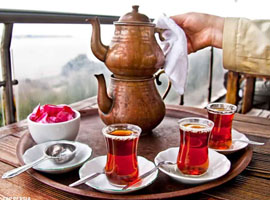
Iran’s national beverage is tea, which also plays a big role in Persian culture. The most popular visitors to Iran are those who enjoy drinking tea and want to buy them as Iran souvenirs. Iran’s Gilan and Mazandaran provinces in the north have been growing black tea for decades. Iranians also like drinking various organic herbal teas grown in their country, such as bitter orange flowers and rose petals.
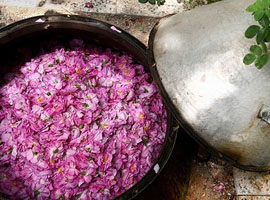
Roses have been utilized for centuries as a source of food, medicine, and fragrance. In order to flavor water, rose petals are steeped in it to create rose water, one of the pleasant and gorgeous products of Iran. In addition, it is a by-product of the distillation of rose petals that are used to make rose oil for fragrances, the hydro-sol component.
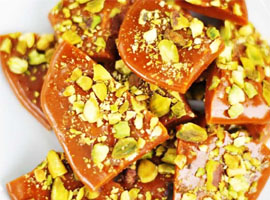
Sohan-e Qom is another name for the traditional saffron brittle toffee, which is mostly made in the city of Qom. made with pistachios or almond slivers and a variety of ingredients, including flour, sugar, wheat sprout, egg yolks, butter, rose water, saffron, and cardamom.
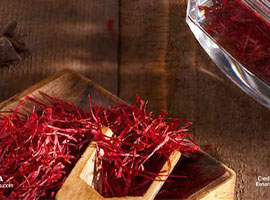
In the past, Iran’s red diamond was traded to places like Greece, the Roman Empire, China, and Arab nations. 94% of the world’s saffron is grown in Iran, mostly in the eastern area of Khorasan, making it the country that produces the most of this priceless spice. Saffron is mostly grown in the Khorasan area, whose major city is Mashhad
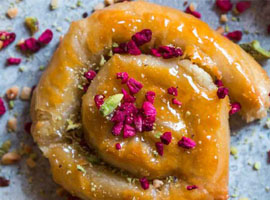
Baklava is one of the most well-liked pastries not only in Turkey, where it originated, but also in Iran, Azerbaijan, Central Asia, and several Arab nations. The delightful delicacy known as Qottab, which is prepared with flour, powdered sugar, vegetable oil, cardamom, and fillings of almond or walnut, is a well-liked sweet keepsake from Yazd.
Travel Advice for Iran: Tehran is the Capital City of the Iran
Tehran or Teheran, capital and largest city of Iran, and capital of Tehran province, is located in the northern part of the country. Tehran is Iran’s administrative, economic, and cultural centre as well as the major industrial and transport centre of the region.
When traveling in Iran, it’s important to keep in mind certain tips and advice to ensure a smooth and enjoyable experience.
By following these travel tips and being respectful of local customs, you can have a memorable and enriching experience exploring the cultural treasures of Iran.
These are some travel advice when you planning to visit Iran.
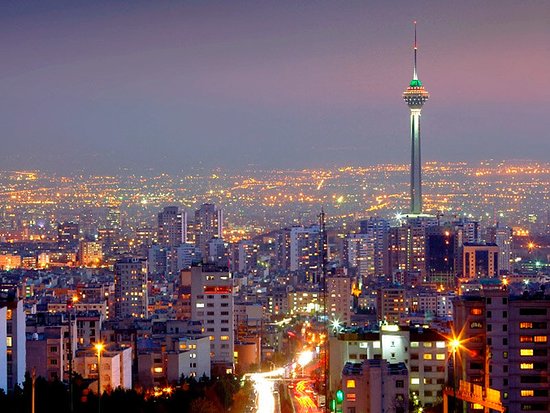
Iran is a conservative country with strong cultural and religious values. It's essential to respect local customs, traditions, and dress codes. Modest clothing, particularly for women, is recommended, covering arms, legs, and hair in public places.
Persian (Farsi) is the official language of Iran. While many Iranians, especially in urban areas, speak English to some extent, it's helpful to learn a few basic Persian phrases. This can greatly enhance communication and interaction with locals.
Iranians are known for their hospitality and friendliness. Greet people with a smile and show respect towards elders. Avoid discussing sensitive topics such as politics and religion unless invited to do so. Always ask for permission before taking photos of people, especially in rural areas.
Iran has a well-developed transportation network, including buses, trains, and domestic flights. Buses are the most common mode of long-distance travel, with comfortable and affordable options available. Trains are also a convenient way to travel between major cities.
Internet access in Iran is subject to government censorship, and some popular websites and social media platforms may be restricted. Consider using a virtual private network (VPN) to bypass these restrictions if necessary. Free Wi-Fi is available in many hotels, cafes, and restaurants.
Iran is home to numerous UNESCO World Heritage sites, including Persepolis, Naqsh-e Jahan Square, and Imam Square. Respect the rules and regulations when visiting religious sites and historical monuments, such as removing shoes before entering mosques.
